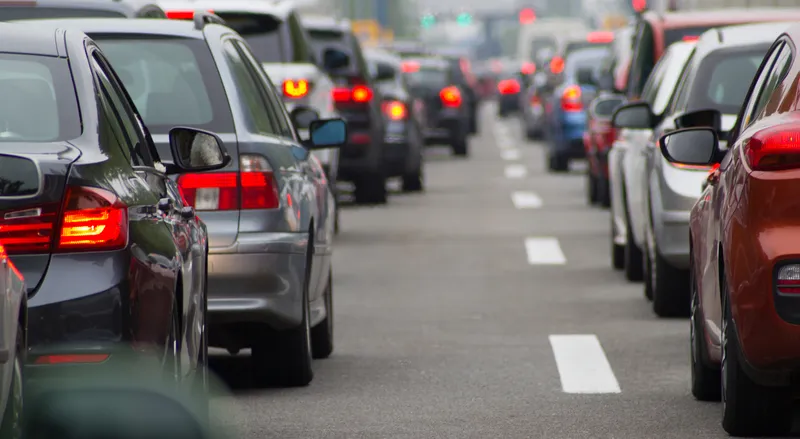Fugro Roadware has won a twoyear, US$3 million, contract from the US SHRP 2 (Strategic Highway Research Programme 2), for the collection of roadway data at highway speed, using ARANs (Automatic Road Analysers) on selected roads, within the six SHRP 2 naturalistic driving study sites.
June 22, 2012
Read time: 1 min







